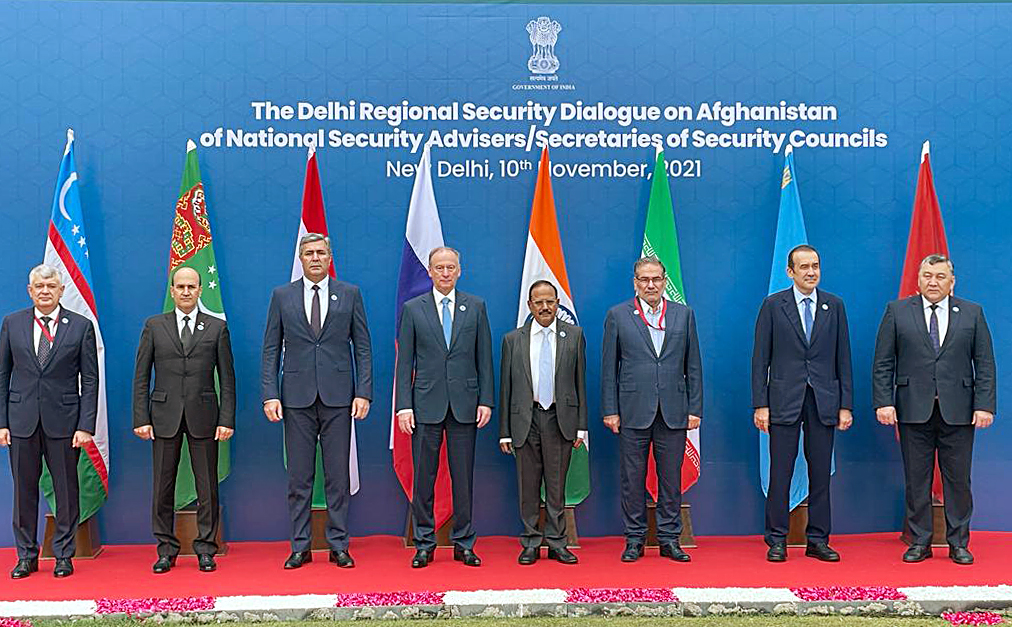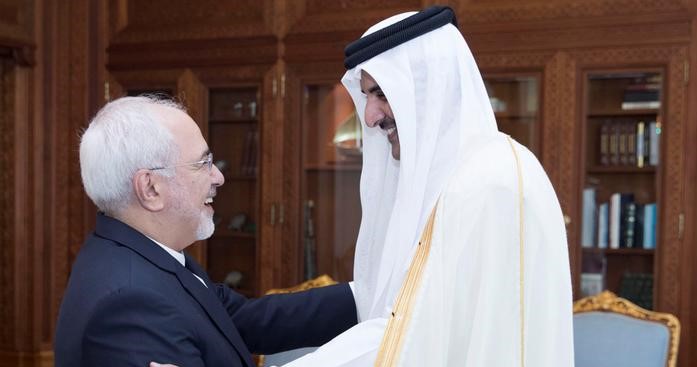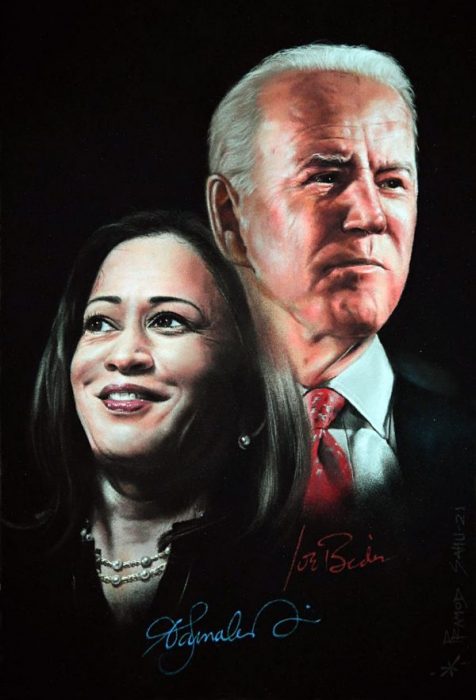Book Review: Elephant on the Silk Road: Sectors of Promise for India and Central Asia
One of the significant points the authors emphasize initially is that the strengthening of economic ties is key to a comprehensive and robust strategic partnership between the two regions
By Danish Yousuf
India shares a long historical, civilizational and cultural connection with the Central Asian, exchange of goods, ideas, and thoughts that actively took place between India and Central Asia through the Silk Route. Buddhism, for instance, travelled to Central Asia from India. Historical figures like Alexander of Macedonia, the Kushans, the Mughals, and the spread of Sufism etc. serve as evidence of strong and enduring ties between India and Central Asia. Even when the Central Asian Republics were part of the Soviet Union, India maintained vigorous economic and cultural relations. Currently, Central Asian Republics are part of India’s extended neighborhood. The security, stability, and prosperity of this region is closely linked with that of India.
Elephant on the Silk Road: Sectors of Promise for India and Central Asia is an impressive attempt to provide a fuller description, a deeper examination, and a more precise analysis of relations between India and Central Asia. It identifies potential areas of cooperation and evaluates the longstanding challenge in the relations: the ‘bearbug’ of connectivity. One of the Authors Pankaj Tripathi, is a bureaucrat turned scholar, which makes this reading particularly fascinating as it brings both practical and academic expertise to reflect on the subject. The book comprises 13 chapters thoughtfully organized into five parts, with the central aim being to identify strategies and approaches that can ‘unlock’ the complete economic potential between India and Central Asia.
One of the significant points the authors emphasize initially is that the strengthening of economic ties is key to a comprehensive and robust strategic partnership between the two regions. More specifically, they assert the need to actively support Indian businesses engaged in trade with Central Asia, including organizing industry-specific B2B engagements (p.15). While supporting such an engagement can be a strategic move, it is equally crucial to take into account the complex geopolitical dynamics in the region. China, Russia, and the US compete for influence in the region. Engaging in trade in the region requires navigating political sensitivities and potential disputes.
The authors have highlighted the essentiality of surface connectivity and issues hindering it. In plain language and with admirable clarity, the authors have recounted the steps that India has taken to enhance connectivity with Central Asia, for instance, India’s role in the International North-South Transport Corridor (INSTC) by supporting the broadening of the corridor’s membership and continued investments in Chabahar and its rail/road linkages to Turkmenistan (p.37). The authors have recognized the challenges related to surface connectivity, such as inter-state border disputes in Central Asia and the challenging terrain. Nonetheless, there is a sense of optimism regarding the Chabahar route. Traditionally, seaport business with Central Asia has revolved around Bandar Abbas. However, due to US sanctions, its usage has been limited. Chabahar, in contrast, is not subject to sanctions and is closer to India’s western coast. Given the current circumstances, there is potential for promoting Chabahar.

Moreover, the importance of Chabahar for India becomes even more significant due to the increasing footprints of China in Iran. However, the authors seem to overlook the potential of the land route through Pakistan and Afghanistan, as it is scarcely mentioned. This omission might not stem from individual biases but instead reflects a realistic assessment i.e. the possibility of such a land route materializing anytime soon seems unlikely.
In the third section of the book, the authors discuss promising sectors such as pharmaceuticals, textiles, agriculture, electronics, chemicals, energy, petrochemicals, trade, and tourism. Pharmaceutical products represent the most significant component of Indian exports to the Central Asia Region (p.71). The authors suggest that a small discount on air freight costs for exporters can strengthen India’s position in the regional market, facilitating growth and market expansion (p.78). Also, the concerned Indian Missions and offices are to be sensitized about the importance of strengthening trade relations.
Securing uranium imports from Central Asia has been vital for India’s energy needs; however, on the other hand, the TAPI gas pipeline project faces significant challenges (p.172). Geographical constraints have posed major obstacles in implementing oil and gas projects from Central Asia to India. India has untapped collaborative potential in technology exchange and manufacturing partnerships with Uzbekistan and Kyrgyzstan (p.133). For instance, high-quality engineering units like the Tungsten Alloy plant in Uzbekistan could establish joint ventures in India, producing tools with sourced raw materials initially from Uzbekistan and later recycling the products for materials. This initiative could reduce dependence on Chinese imports.
Additionally, the burgeoning field of Medical Tourism presents a significant opportunity (p.198). Central Asian nations look forward to the specialized medical services offered by Indian cities like Delhi and Mumbai. Facilitating regular flights and visas could enhance this collaboration, while Indian medical teams’ rotational presence would aid training and hence boost medical exports to the region.
Granting preferential trade partner status to Central Asian states could significantly boost trade volumes, enabling India to effectively counter China in various regional markets. Until such time as preferential or free trade agreements are finalized, it might be worthwhile to explore mutually advantageous trade privileges with these Central Asian nations (Kumar & Tripathi, 2020). These measures could serve as a counterbalance to China’s prevailing trade influence in the region. By favoring the Central Asian Republics with preferential trade status, there is an opportunity to enhance the direct import of their products into India, thereby fortifying economic connections and also benefiting Afghanistan as a key transit route. India’s exports, including tea, medicines, garments, and engineering goods, would also be boosted. With a trade agreement, India could compete in new sectors like steel exports to Central Asia, potentially gaining a significant market share if provided with a duty drawback for at least five years.
This book thoroughly examines the intricate challenges and opportunities within India’s trade relations with Central Asia. Although it primarily focuses on trade and might lack a geopolitical perspective, it compensates by providing up-to-date and relevant data. Notably, it offers valuable suggestions and recommendations, a dimension that often needs to be addressed by academics. This book is not just a resource for policymakers and scholars but also sparks innovative thinking about regional collaborations. Its comprehensive analysis and forward-looking proposals make it an essential reference, shaping discussions about India’s future partnerships in the ever-changing Central Asian landscape.
To sum up, the book is crafted with elegance, bold imagination, and skillful execution. While it occasionally lacks precision in its concepts and recommendations, it gains from the reader’s tendency to intuitively fill these gaps. To engage a broader readership, it will be essential to articulate our vision with greater clarity. This book sets a new standard in its field by blending approachable language with ambitious solutions, and challenging future works to match its level of contribution.
This book review first appeared in the web articles section on the website of Centre for Land Warfare Studies, New Delhi (www.claws.in)


























